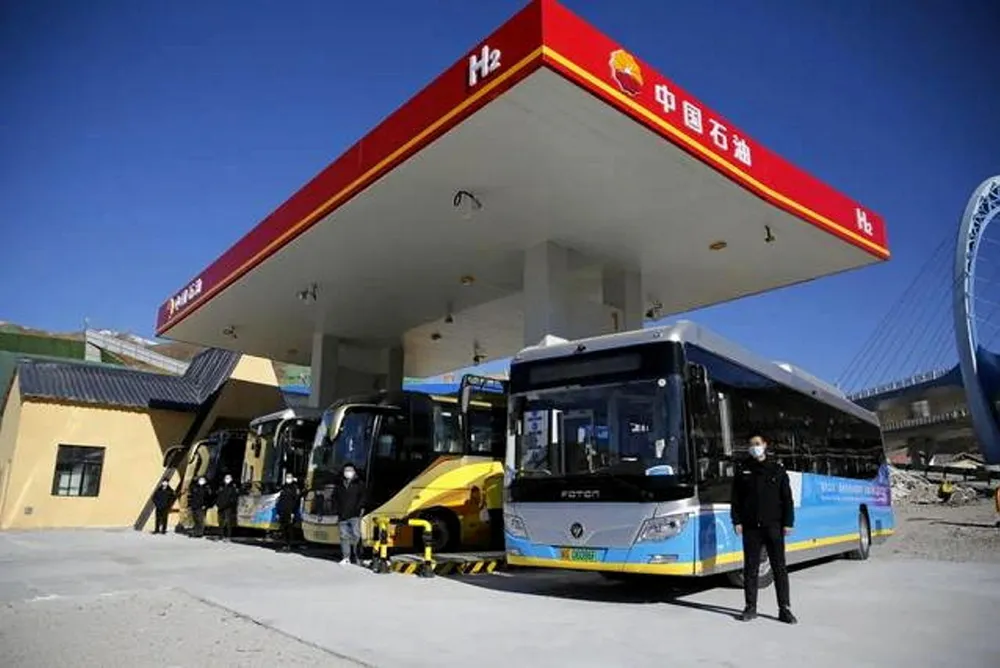PetroChina aims for renewables to account for third of energy production
Oil giant will focus on geothermal and solar, taking advantage of its vast onshore acreage

Oil giant will focus on geothermal and solar, taking advantage of its vast onshore acreage
